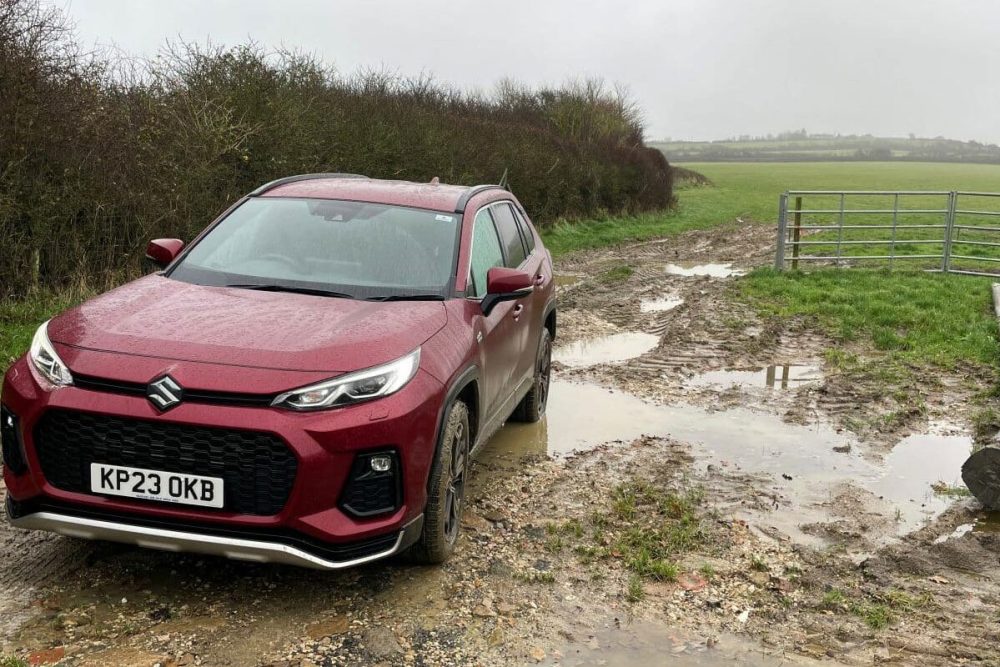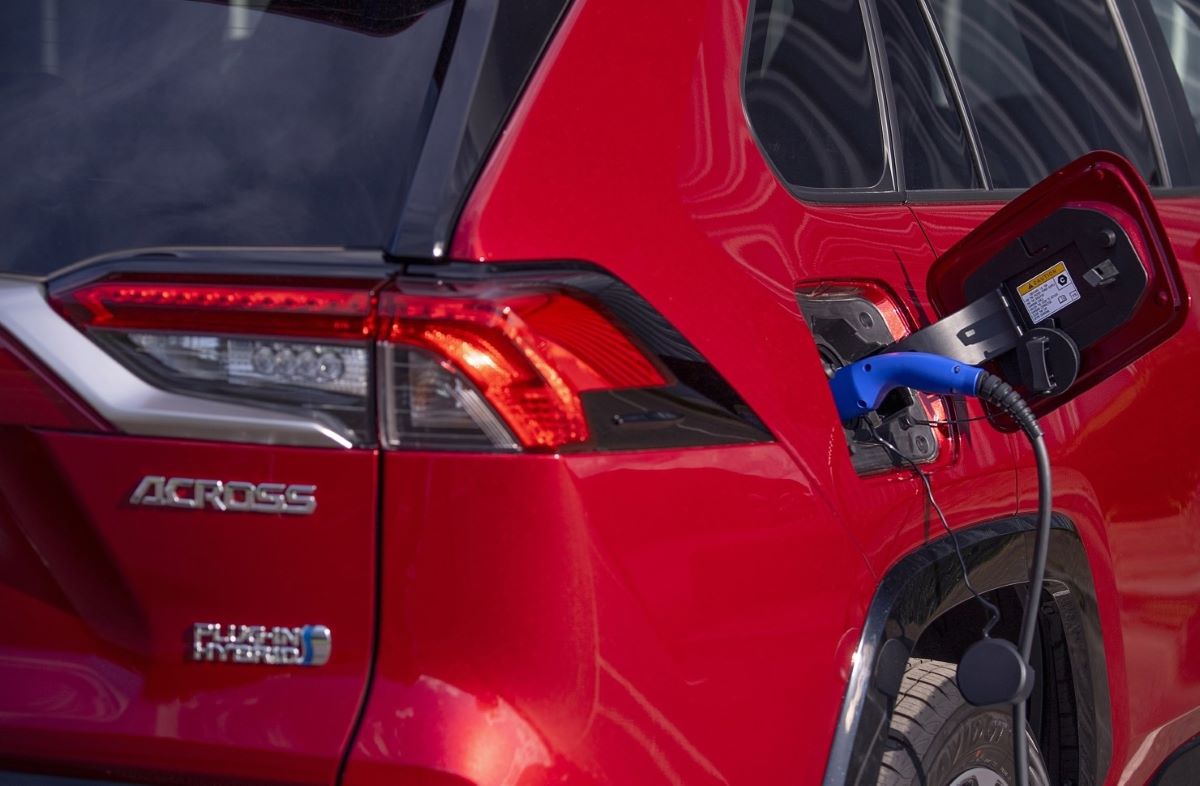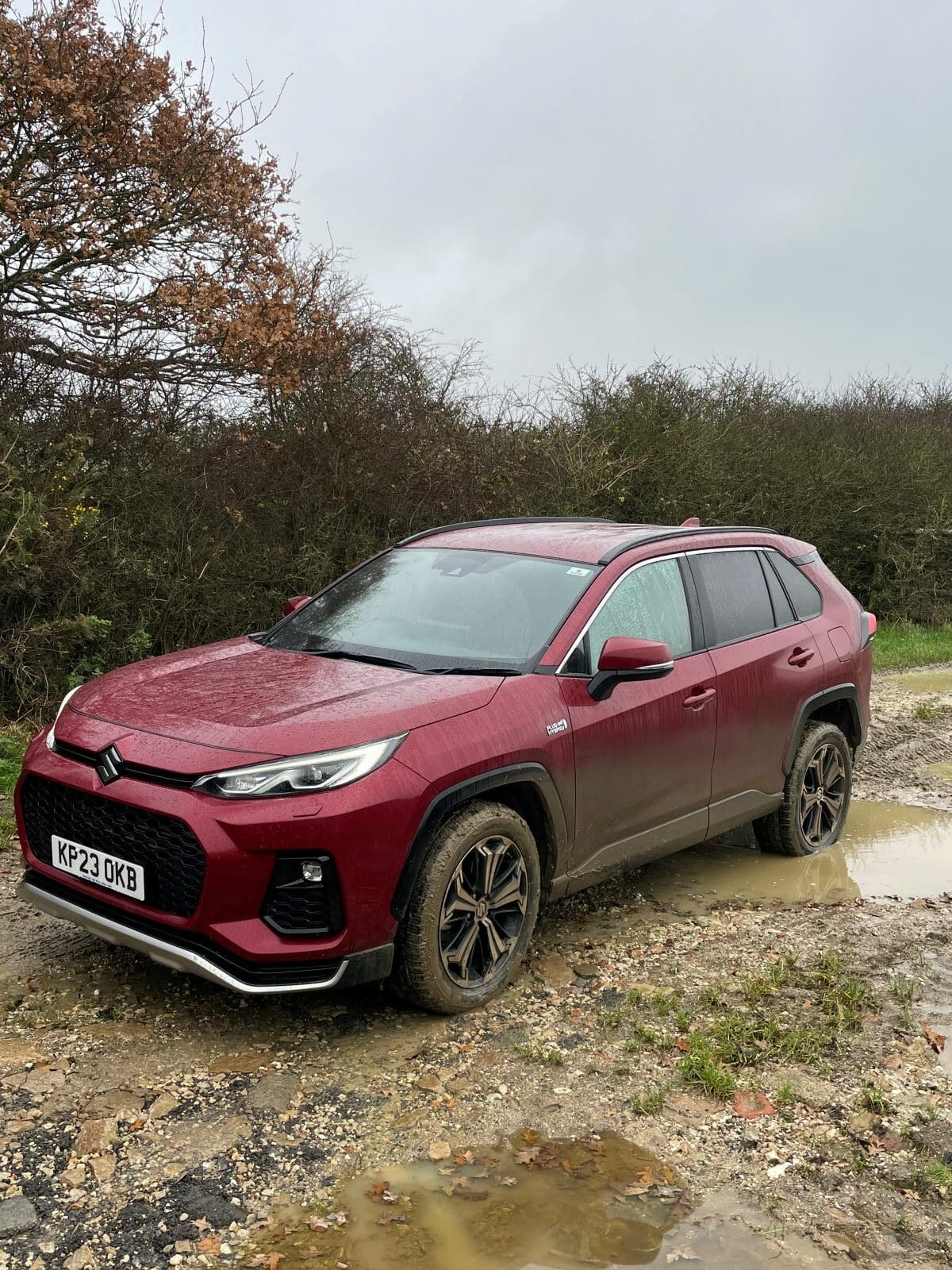SOME 70% of drivers of plug in hybrid electric vehicles (PHEVs) transition to battery electric models (BEVs) for their next car, making them the perfect stepping stone to going down a fully electric route – especially when offered as an employee benefit through a salary sacrifice scheme.
That’s the view of Andrew Leech, managing director and founder of Tamworth-based salary sacrifice and fleet management specialist, Fleet Evolution, which specialises in EV salary sacrifice schemes for businesses of all sizes.
Around half of all Fleet Evolution clients now include PHEVs on their choice lists and the overwhelming majority have found that hybrids are the perfect mid-way house between petrol or diesel models and BEVs.
“Our analysis shows us that more than two thirds of drivers who drive a PHEV transition to a fully electric vehicle as their next car,” said Leech.
“There are good reasons for this. PHEV drivers have become fully accustomed to the charging process and they don’t suffer range anxiety, having charged their vehicles many times in real life situations. So, they are undaunted by the next step up to a BEV.
“But, perhaps the most important reason for including PHEVs on choice lists is that they are an inclusive and viable option for those 40% of all drivers who do not have access to home charging, be that garage or drive.”
Hard to disagree with this. We’ve now been running our Suzuki Across PHEV for two months and you can appreciate the benefits of an EV ……er without have an full EV.
We’ve already reported that the Suzuki Across ticks many of my boxes. Suzuki launched the Across PHEV in Autumn 2020 and last year gave it several technology and standard equipment updates including an on-board AC charger increase to 6kW from 3kW enabling a much faster charging time.
For example, if a 32A Rapid charge facility is used, battery charging time is reduced from 5.30 hours to around 2.45 hours. Charging Across via a lower rated 16A home or public point is now also reduced by 36 minutes to less than 5 hours.
The PHEV system in the Across provides CO₂ emissions of just 22g/km (WLTP regulation) and a very efficient EV range of 46.6 miles – we actually achieved an average of 51mpg during our test. Across also benefits from a company car BIK Tax banding of just 8%.
At the core is a powerful front electric motor that delivers pretty good torque torque at low speeds, combining with a powerful 2.5-litre petrol engine for rapid acceleration at higher speeds. With maximum output of 134kW and 270Nm of torque, the front electric motor draws its energy from an 18.1kWh (50.9 Ah) high-capacity lithium-ion battery mounted beneath the floor.
The Plug-in Hybrid system is equipped with four modes which are: Default EV mode, Auto EV/HV mode, HV mode, and battery charger mode which the driver can select depending on driving conditions and battery status. In EV Mode the vehicle is driven entirely by the power of the electric motor even under full acceleration.
When in Auto EV/HV mode and HV mode, the engine contributes to power delivery when required, such as when the accelerator is pressed strongly. To store electricity for EV mode when the charge is low, the battery charger mode runs the engine to fully re-charge the battery. The powerful lithium-ion battery has 96 cells with a voltage of 355V.
safety credentials include a pre-collision system, dynamic radar cruise control, road sign assist, blind spot monitoring, rear cross traffic alert, plenty of airbags and eCall, a system that will contact the emergency services if the vehicle is involved in an accident.
What you see is what you get with the Across which is exclusively sold in as a fully-loaded, one-spec plug-in hybrid electric vehicle. So far so good although a price tag of £45,599 is quite a lot for a Suzuki, but it is something of a halo car and gives the brand a presence in a popular market segment.
What do we think?
Aside from the badge, Suzuki has not really tried to hide the fact that it’s a Toyota RAV4, but in terms of looks that’s no bad thing. I’ve never been a big fan of plug-in hybrids due to the fact that the range has never been that good and there’s generally too much input from the petrol engine. The Across, however, gives almost 50 miles of range (47 indicated after a charge) and that’s pretty decent even for a rural location like mine. Most daily trips here easily eat up 30-40 miles, so a quick overnight on the home charger is a good ‘un for daily use. Theoretically I would probably only have to visit a petrol station once every 2-3 months.
Experience is now bearing this out. Last fuel fill was just over a month and 1,000-odd miles ago and there’s still 180 miles in the tank. On board computer currently indicates 90+ mpg and 2.8 kW/hrs. That first fill up was after 547 miles and the return was 71.9mpg. The home charger gives an indicated 50-mile range which is better than Suzuki’s claims.
However, the winter weather and Dorset’s hills do take their toll on the battery, so realistically we’re getting around 38 miles which still works for me.
Coming up shortly will be a 250-mile round trip so I’ll report back on consumption after that.
In the meantime, you’ll see from the pictures that we’ve put the Across through its off road paces. There’s plenty of extremely waterlogged and very muddy farm fields around where I live. Switch into trail mode and the Across coped admirably with whatever I could ask of it, even without specialist tyres.
Added confidence came from the fact that my farmer neighbour was on hand with his tractor if I got into serious trouble!
There is also the possibility to tow, although don’t get too ambitious – big caravans and horse boxes might be a struggle.
As well as providing off road capability, the E-Four electronic 4×4 system also offers extra grip in adverse driving conditions and as we head towards winter you’ll find front and rear heated seats and a heated steering wheel will help keep you cosy. While there isn’t a heated there are heated washer jets.
There are plenty of handy compartments scattered around the cabin, two cup-holders front and rear while boot space is ample and includes a 12V power socket. Seats are a fixed 60:40 split.
There’s no sat nav but there is Apple CarPlay or Android Auto so you have access to the likes of Waze and Google maps.
The Across official range of 46 miles gives it an advantage over many rivals such as the Ford Kuga PHEV or VW Tiguan eHybrid.
On the road, the Suzuki copes well with all types of driving conditions, city streets, county roads or motorways. A high seating position provides a commanding view of the road and the seats are impressively comfortable. To help you long the way there are a number of driver aids that come as standard.
The switch between petrol and battery power is seamless and you can control your ‘mode’ manually. But I just left it in EV mode with the ICE engine only eventually cutting when when the battery juice ran out. It can run on its electric motors alone at up to 84mph.
What I liked was the easy accessibility of the centrally mounted drive mode buttons which really encourages you to use them rather than having to scroll through touchscreen menus.
The niggle previously mentioned is the sensitivity of the anti collision sensors, narrow lanes can induce some harsh automatic brake inputs when approaching vehicles, or even bushes, on the narrow country lanes. Oh, maybe one other, the electronic tailgate is painfully slow in operation.
Suzuki Across PHEV
P11D Value: £45,599
Engine: 2.5 litre petrol
Electric range: 45 miles
Max Power: 297hp
Max Torque: 227nM
Top speed: 112mph
0-62mph: 6 secs
Economy: 71.9 mpg
CO2: 22g/km
BiK: 8%










